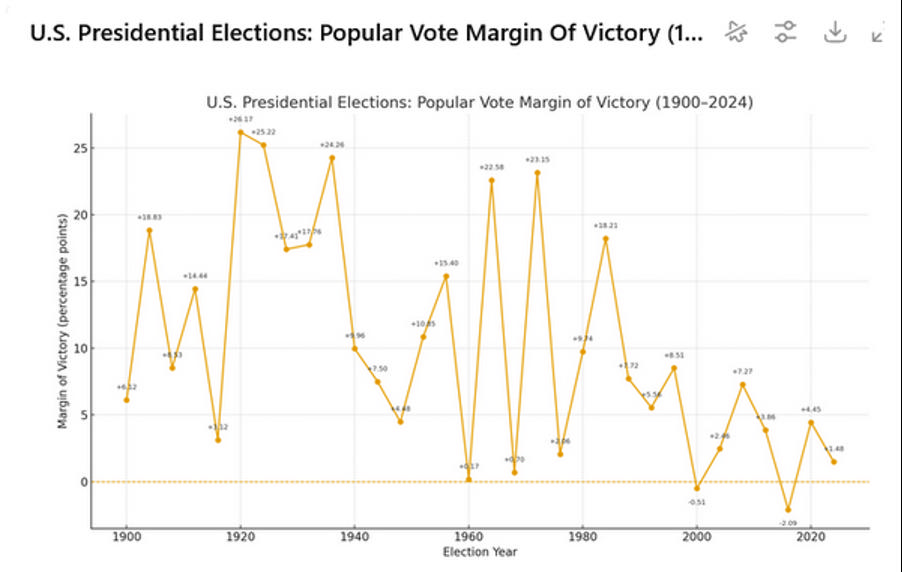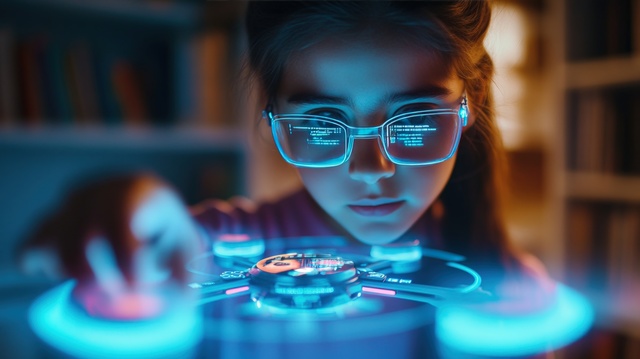Part 1: An Introduction to Artificial Intelligence
Reshaping how we live, work, and play

This article is the first of a series of articles that His Good News magazine will be publishing over the coming weeks designed to help readers understand how to think critically and biblically about Artificial Intelligence.
AI: these two little letters are ubiquitous—found in news articles, on phones, and even as assistants on our computers. It's likely you've encountered the term "artificial intelligence," but what does it truly encompass, and how does it affect you?
The concept of "AI" dates back to the mid-20th century, with the term being coined in 1956. Since then, the field has evolved from basic algorithms to today's advanced models that learn and adapt in complex ways, a progression driven by improvements in computing power, data availability, and machine learning innovations.
There are a variety of terms that surround this technology, allow me to define a variety of these terms to help you better understand Artificial Intelligence.
At its core, AI, or artificial intelligence, refers to technologies capable of performing tasks that have typically required human intelligence in the past. When most people think of AI, they think of the ones from fiction like I, Robot, 2001 a space odyssey, or WALL-E. These are Artificial General Intelligences (AGI), which have the ability to understand, learn, and apply knowledge across diverse tasks. Although we have yet to achieve AGI, current developments are noteworthy. While the dream of AGI remains a goal for the future, the rapid evolution of AI continues to expand its applications and push the boundaries of what was once considered possible.

Diving deeper, LLMs (Large Language Models) and GPTs (Generative Pre-trained Transformers, a form of LLM developed by OpenAI) are tools that generate text, translate languages, answer questions, and even craft creative fiction. They represent the versatility and power of AI. Meanwhile, Deep Learning, a subset of machine learning, employs multi-layered neural networks to interpret complex data patterns, fueling advancements in areas like image and speech recognition, as well as in LLMs and GPTs themselves.
Chatbots, a direct application of AI technology, simulate conversations with users, offering customer service, support, and entertainment. These bots are increasingly powered by sophisticated models like GPT, allowing for more natural and engaging interactions.
As you can see, AI today is not just a futuristic concept; it's a present reality woven into our daily lives. From smartphone assistants to recommendation algorithms, AI technologies are reshaping how we live, work, and play. Stay tuned for the next article, where we'll delve into AI's transformative role in education, including its applications, the benefits and challenges of its integration into learning environments, and real-world examples of AI in classrooms.

Christopher Knotts
Originally hailing from Kalispell, Montana, Christopher Knotts’ career is marked by his roles as an Administrator at Morgantown Christian Academy and IT consultant and administrator for Faith Baptist Church. With a passion for education, he has dedicated years to teaching such classes as Chemistry and Computer Science. He couples this with his natural love for all things electronic, diving deep into many different technological topics such as AI and VR.

















